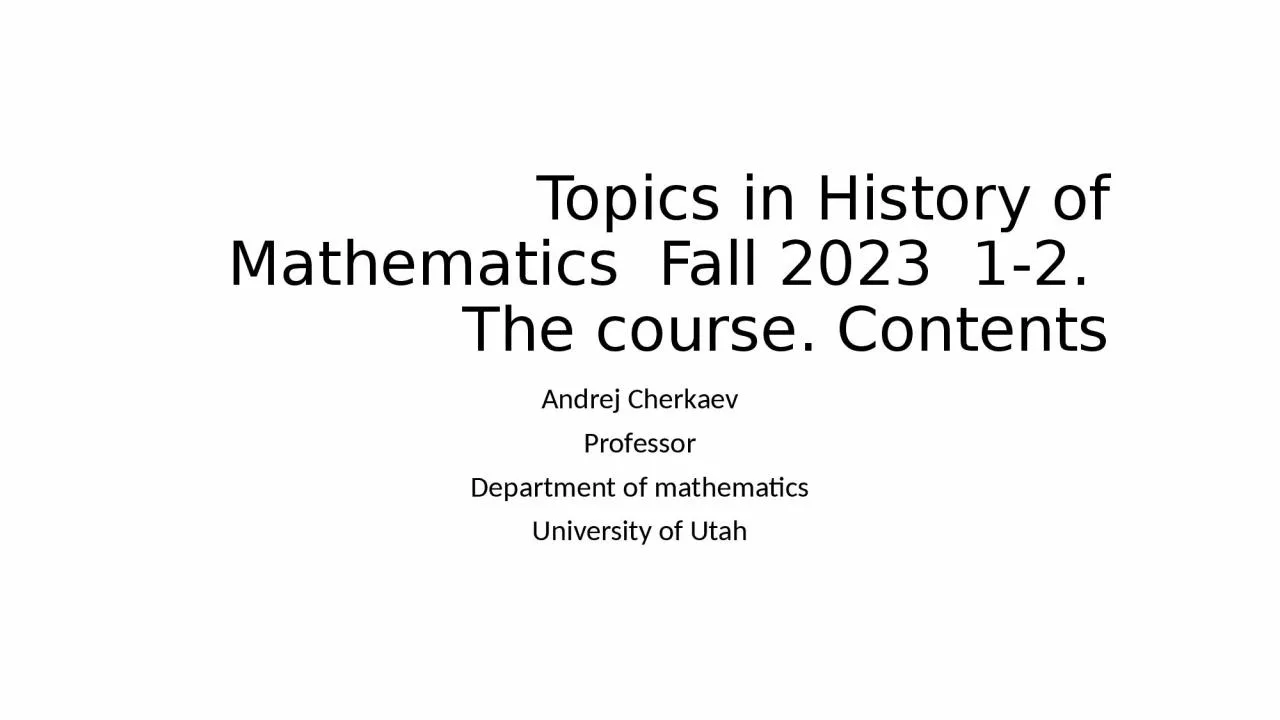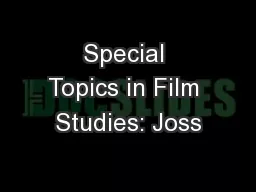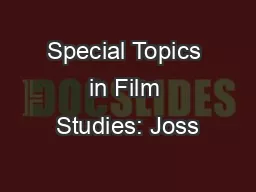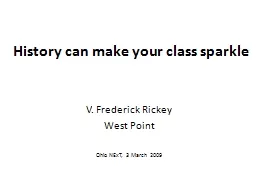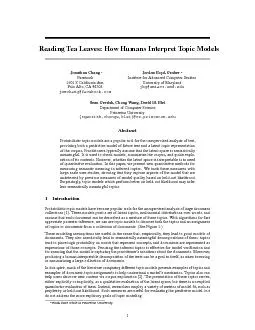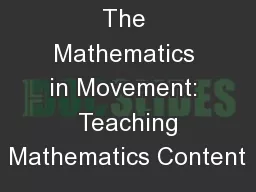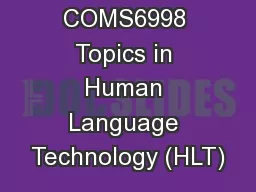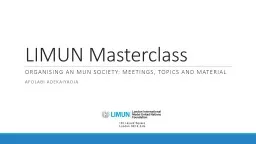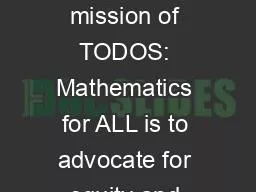PPT-Topics in History of Mathematics
Author : norah | Published Date : 2024-03-15
Fall 2023 12 The course Contents Andrej Cherkaev Professor Department of mathematics University of Utah Introduction Text book Mathematics and society Mathematics
Presentation Embed Code
Download Presentation
Download Presentation The PPT/PDF document "Topics in History of Mathematics" is the property of its rightful owner. Permission is granted to download and print the materials on this website for personal, non-commercial use only, and to display it on your personal computer provided you do not modify the materials and that you retain all copyright notices contained in the materials. By downloading content from our website, you accept the terms of this agreement.
Topics in History of Mathematics: Transcript
Download Rules Of Document
"Topics in History of Mathematics"The content belongs to its owner. You may download and print it for personal use, without modification, and keep all copyright notices. By downloading, you agree to these terms.
Related Documents

